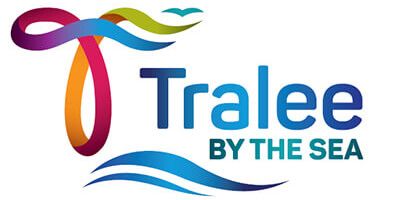The team at Tralee Bay Wetlands have been encouraging all to consider adjusting grass mowing routine. For those who have heeded this advice you should now be seeing vibrant yellow flowers - Dandelions galore. Dandelions, are great at attracting sizable bumblebees.
The survival of bee colonies hinges on the availability of food, underscoring the importance of every native flower. Soon, butterflies, freshly emerged from hibernation, will join the scene, alongside other small flying insects seeking the nourishment provided by our dandelions. In addition to pollen and nectar, allowing your dandelions to set seed provides essential sustenance for birds such as finches. This period also marks the beginning of nesting season for birds, meaning seeds alone won't suffice, as chicks require insects for nourishment until they mature enough to process grains and seeds. Its all cyclical.
Another plant species that may be visible in your lawn is the Ladies smock, also known as Cuckooflower (shown in the above image). Thriving in moist conditions, Ladies smock serves as a vital food source for the Orange Tip Butterfly, whose eggs are exclusively laid on this plant. Should you encounter Ladies smock in your lawn, consider cutting around them to foster the flourishing of the next generation of Orange Tip Butterflies.
The above is a part abstract taken from the National Biodiversity Data Centre April Newsletter, Dr. Úna FitzPatrick, Chief Scientific Officer.
If you would like to learn more about native Bees & Butterflies, Tralee Bay Wetlands Eco & Activity Park host a monthly guided Bee Survey!












